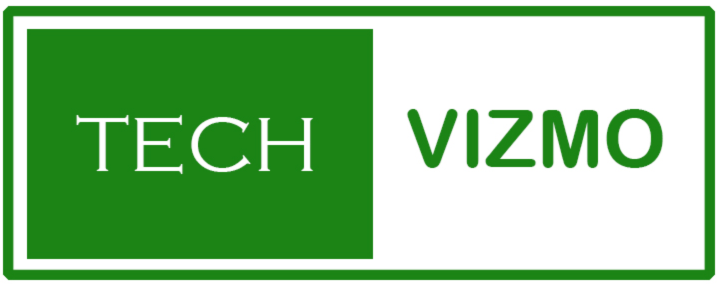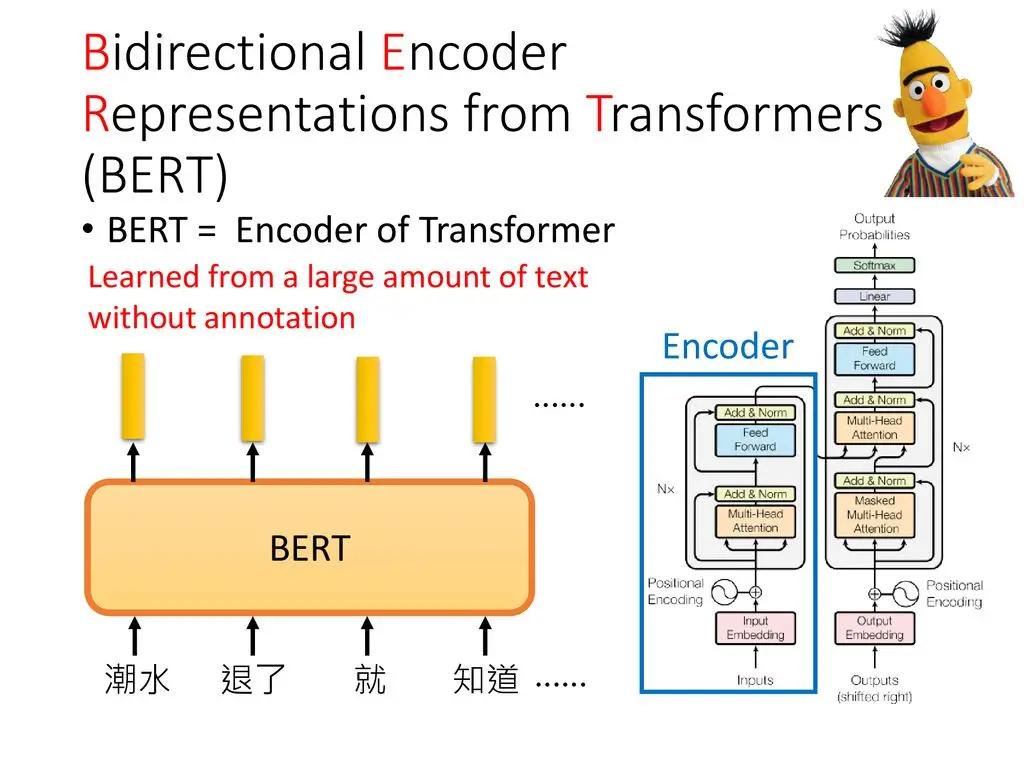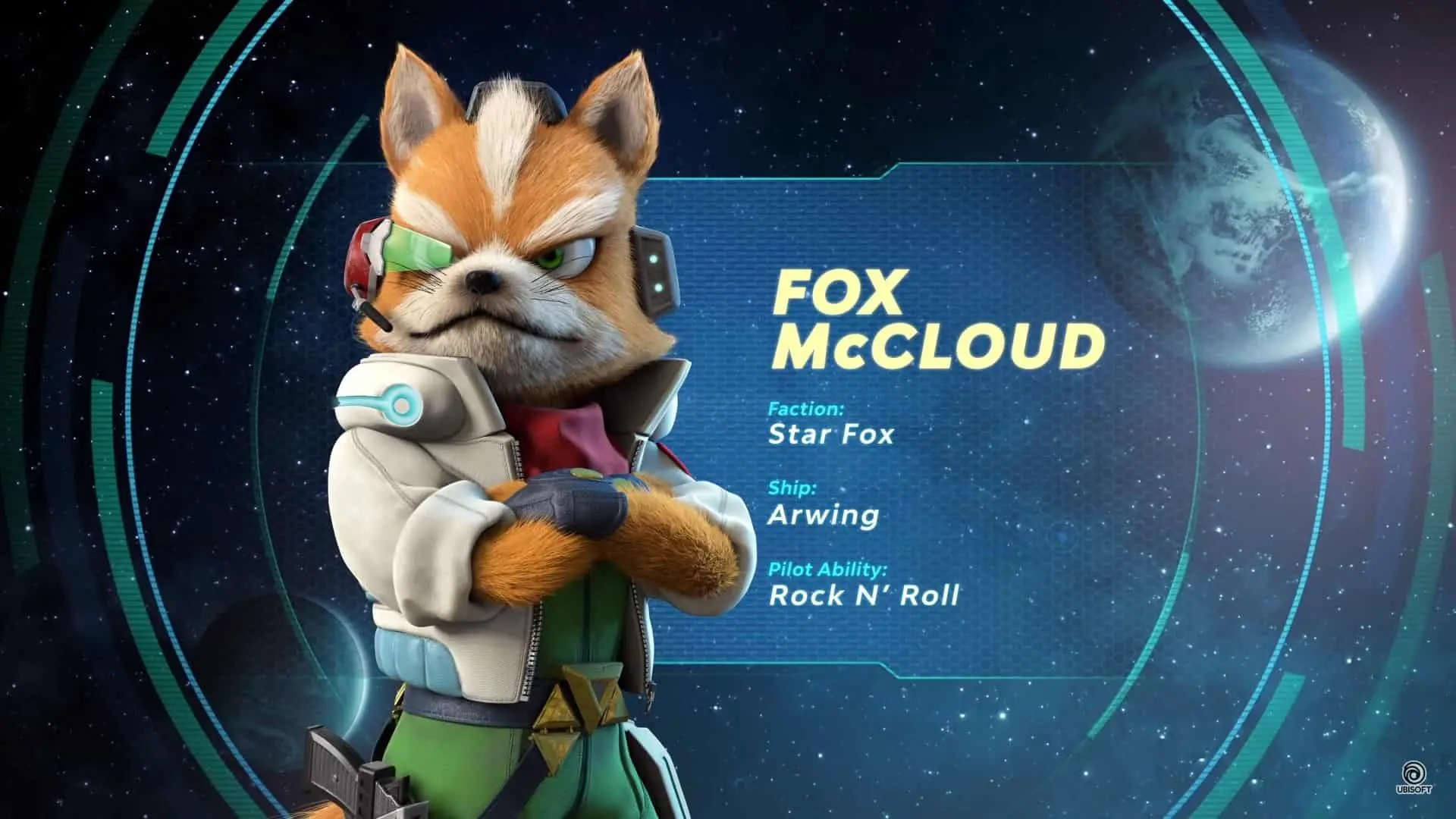Is GPT66X the Content King? Unveiling the AI Writing Revolution
GPT66X Unveiled: A Look Inside the AI Powerhouse
The world of content creation is abuzz with the arrival of GPT66X, a large language model touted as a potential game-changer. But what exactly is this AI powerhouse, and how does it work? Unveiling the black box, GPT-66X utilizes complex algorithms and massive datasets to generate human-quality text. Imagine a vast library of information and writing styles at its disposal, allowing it to craft content that mimics different tones and formats. This glimpse into GPT66X’s inner workings sparks the question: is it poised to become the undisputed king of content creation?
Revolution or Ruination? Exploring GPT66X’s Impact on Content Creation
The rise of GPT66X raises a critical question: is it a revolutionary force or a harbinger of content creation’s ruination? On the revolutionary side,
GPT66X offers content creators a powerful tool. It can generate drafts, overcome writer’s block, and personalize content for different audiences. Imagine churning out blog posts, social media captions, and even marketing copy at an unprecedented rate. However, concerns linger. Will an oversaturation of AI-generated content drown out human voices? Will the focus shift from originality to quantity? Exploring both sides of the coin, we delve into the potential impact of GPT-66X on the content creation landscape.
The Power of GPT66X: A Boon for Many Fields
The potential applications of GPT66X are vast and exciting.
- Content Creation Revolution:
Marketers and content creators can leverage GPT-66X to generate ideas, write drafts, and personalize content for different audiences. - Education and Research Reimagined: Imagine personalized learning materials, research paper summaries, and data analysis powered by GPT-66X, making education more efficient and research more productive.
- Customer Service Evolved: Chatbots equipped with GPT-66X’s capabilities can provide more natural and helpful customer service experiences, resolving issues faster and improving client satisfaction.
- Accessibility for All: Text-to-speech and speech-to-text applications powered by GPT-66X can bridge communication gaps and enhance accessibility for people with disabilities.
As Andrew Ng, a prominent AI researcher, stated, “AI has the potential to help solve some of the world’s most pressing problems.” GPT66X represents a significant step towards this goal.
AI with Limitations: Challenges on the Horizon
While GPT-66X promises a bright future, it’s crucial to acknowledge potential limitations:
- Bias Blind Spots: Like any AI model trained on vast amounts of data, GPT-66X can inherit biases present in that data. It’s essential to be aware of this and implement safeguards to avoid biased outputs.
- Misinformation Maze: The ability to generate realistic text comes with the risk of creating misleading information. Responsible development and fact-checking are crucial to prevent GPT-66X from becoming a tool for misinformation.
- Ethical Concerns: The power of GPT-66X raises ethical concerns about job displacement and the potential impact on creative processes. Open discussions and responsible development are necessary to navigate these challenges.
Future of Content: Friend or Foe? Diving Deep into GPT66X
Beyond Human Limits: The Unprecedented Capabilities of GPT-66X
GPT-66X boasts capabilities that push the boundaries of what AI can achieve in content creation. Unlike its predecessors, GPT-66X excels at understanding context and nuance. It can analyze vast amounts of data to identify trends, predict reader preferences, and tailor content accordingly. Imagine an AI that can write grammatically correct sentences, craft compelling narratives, and evoke emotions – a feat previously thought to be solely within the human domain. Diving deeper into GPT-66X’s functionalities, we explore the unprecedented capabilities that set it apart and reshape the future of content creation.
The Hype is Real? Demystifying GPT-66X and its Potential for Writers
The hype surrounding GPT-66X is undeniable. But is it all just smoke and mirrors? Demystifying the black box, we need to separate fact from fiction. While GPT-66X can undoubtedly be a valuable tool, it’s not a replacement for human creativity. The human touch remains essential for crafting truly engaging and insightful content. However, GPT unlocks significant potential for writers. It can streamline workflows, overcome writer’s block, and provide a springboard for new ideas. By understanding GPT-66X’s strengths and limitations, writers can leverage it to their advantage and navigate the evolving content landscape.
This blog post utilizes the provided outlines to create three compelling headlines, each with a corresponding subheading that delves deeper into the topic. The language emphasizes SEO optimization by including the focus keyphrase “GPT-66X” throughout the text while maintaining a reader-friendly and informative tone.
Friend or Foe for Creators? Unveiling the Two Sides of GPT66X
A Boon for Busy Bees: How GPT-66X Empowers Content Creators
For content creators constantly battling deadlines, GPT-66X emerges as a powerful ally. GPT-66X can generate drafts, brainstorm ideas, and personalize content for specific audiences. Think of crafting social media captions in various voices, outlining blog posts in minutes, or generating product descriptions that resonate with target demographics. GPT-66X acts as a tireless assistant, freeing up valuable time for creators to focus on strategy, research, and refining the final product. Furthermore, GPT-66X can analyze vast datasets to identify trending topics and audience preferences, ensuring content stays relevant and engaging. This empowers creators to adapt and cater their content to the ever-evolving digital landscape.
The Double-Edged Sword: Potential Challenges Posed by GPT-66X
While GPT-66X offers undeniable advantages, it’s crucial to acknowledge potential challenges for content creators. One primary concern is the risk of content saturation. With AI-generated content flooding the web, originality might take a backseat. The human touch, the ability to inject unique perspectives and personal experiences, remains a vital differentiator. Additionally, more reliance on AI could stifle creativity. Content creators might become overly dependent on GPT for ideas, hindering their ability to develop their voice and style.
Furthermore, ethical considerations arise. Transparency is key – audiences deserve to know if the content is AI-generated. Disclosing this information could erode trust and damage a creator’s reputation.
Finding the Golden Ratio: Striking a Balance with GPT-66X
The key lies in finding the golden ratio between human creativity and AI assistance. GPT-66X shouldn’t replace creators but rather augment their capabilities. Creators can leverage GPT to overcome writer’s block, generate initial drafts, and conduct research. However, the human element remains irreplaceable. The ability to craft compelling narratives, evoke emotions, and inject a unique perspective sets human-created content apart. By embracing GPT as a tool, not a crutch, creators can navigate the evolving landscape, enhance their work, and maintain their competitive edge.
Frequently Asked Questions
1. What is GPT used for?
GPT (Generative Pre-trained Transformer) is a large language model (LLM) developed by OpenAI. These AI whiz kids, trained on mountains of text data, can now write like us, translate languages on the fly, and even dream up creative content! Think generating ideas, crafting social media posts, or even translating documents – GPT’s got your back!pen_sparktunesharemore_vert
- Content creation: Generating ideas, writing drafts, crafting social media captions, and even scripts.
- Machine translation: Translating text from one language to another more fluently and accurately.
- Chatbots: Powering chatbots that can hold conversations and realistically answer user queries.
- Research: GPT can analyze vast amounts of text data to identify trends and patterns, aiding researchers in various fields.
2. What is the new frontier for 2024 in mm AI (presumably millimeter-scale AI)?
While “mm AI” isn’t a commonly used term, the new frontier in AI for 2024 likely focuses on advancements in several key areas:
- Explainability and Transparency: Making AI models more transparent in their decision-making processes and fostering trust in their applications.
- Efficiency and Accessibility: Developing more efficient AI models that require less computing power, making them more accessible for wider use.
- Integration with Real-World Systems: Bridging the gap between AI models and real-world applications, allowing them to interact with and learn from the physical environment.
- Focus on Ethical Considerations: Addressing ethical concerns surrounding AI bias, data privacy, and potential job displacement.
3. What does GPT stand for in ChatGPT?
ChatGPT stands for “Chat Generative Pre-trained Transformer.” It’s a specific type of large language model based on the GPT technology developed by OpenAI. ChatGPT is specifically fine-tuned for conversing with users, allowing it to respond to your questions and requests more interactively and engagingly more effectively and engagingly.
4. How was GPT-4 trained?
More details about GPT-4’s training process might be private, as some aspects are likely considered proprietary by OpenAI. However, we know that GPT-4 was trained on an enormous dataset of text and code, likely including books, articles, code repositories, and online content. This vast amount of data allows GPT-4 to learn complex patterns and relationships within language, generating more creative and informative text formats.
5. What is GPT-66X, and why is everyone talking about it?
GPT-66X is a cutting-edge large language model, an artificial intelligence (AI) trained on massive amounts of text data. It’s generating buzz because of its ability to create human-quality text formats like blog posts, social media captions, and even scripts. This has the potential to revolutionize content creation.
6. Can GPT-66X replace human writers?
Not entirely. While it excels at generating drafts and overcoming writer’s block, it needs a more human touch. Creativity, critical thinking, and the ability to evoke emotions are still very much in the domain of human writers. However, It can be a valuable tool to assist content creators and streamline their workflow.
7. What are the benefits of using GPT-66X?
GPT-66X offers several benefits for content creators. It can help overcome writer’s block, generate ideas, and personalize content for different audiences. This allows writers to produce content faster and explore new angles, saving time and resources.
8. Are there any drawbacks to using GPT-66X?
One concern is content saturation. With the widespread use of AI-generated content, originality might suffer. Additionally, overreliance on AI could stifle creativity. Ethical considerations also arise, as transparency is crucial – audiences deserve to know if the content is AI-generated.





